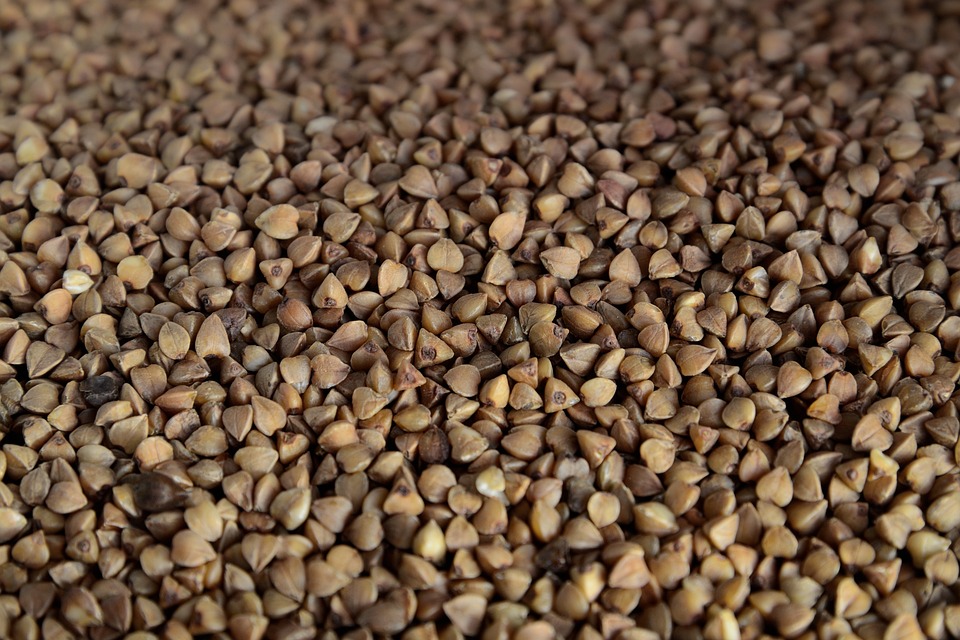As the popularity of Semaglutide continues to rise as a treatment for type 2 diabetes and obesity, many new users are eager to understand the optimal dosage to achieve the best results. This guide will walk you through everything you need to know about Semaglutide dosage, ensuring you feel confident in your treatment journey.
What Is Semaglutide?
Semaglutide is a glucagon-like peptide-1 (GLP-1) receptor agonist that mimics the effects of a hormone in the body that regulates blood sugar levels. It helps improve insulin secretion, decrease appetite, and slow gastric emptying. Initially approved for managing type 2 diabetes, Semaglutide has also gained FDA approval for weight management in adults with obesity.
Benefits of Semaglutide
- Improved Blood Sugar Control: Semaglutide helps users maintain a healthier blood sugar level, crucial for those with diabetes.
- Effective Weight Loss: Many users report significant weight loss, making Semaglutide an appealing option for those looking to shed pounds.
- Convenient Dosing: Typically administered once a week, Semaglutide offers a convenient dosing schedule for busy lifestyles.
Understanding Semaglutide Dosage
Before starting Semaglutide, it’s essential to understand the recommended dosages and how they may vary based on individual needs.
Initial Dosage
For new users, the initial dosage of Semaglutide is generally 0.25 mg once a week. This low starting dose is designed to minimize gastrointestinal side effects.
Titration Process
After four weeks on the initial dose, dosage adjustments can be made. It is crucial to titrate your dosage carefully:
- After 4 weeks: Increase to 0.5 mg once a week.
- After another 4 weeks: If the desired results are not achieved, the dose can be increased to 1 mg once a week.
Additional Dosage Options
For individuals who continue to seek more effective blood sugar management or weight loss, Semaglutide allows further titration up to a maximum dose of 2.0 mg once a week. This progression should be done in consultation with a healthcare provider.
How to Administer Semaglutide
Semaglutide is administered through a subcutaneous injection. Here are some tips on how to self-inject:
-
Prepare the Injection:
- Gather your pen, alcohol swab, and a sharps container for disposal.
-
Clean the Injection Site:
- Choose an area on your stomach, thigh, or upper arm. Clean it with an alcohol swab and let it dry.
-
Inject the Medication:
- Twist off the cap, dial the dose, pinch the skin, and insert the needle at a 90-degree angle. Press the injection button until you hear a click, then count to six before withdrawing the needle.
-
Dispose of the Needle Properly:
- Place the used needle in the sharps container.
Common Side Effects
While Semaglutide can provide many benefits, it can also cause side effects. Some common side effects include:
- Nausea
- Vomiting
- Diarrhea
- Constipation
- Abdominal pain
If you experience severe side effects or symptoms of an allergic reaction, seek medical attention immediately.
Monitoring Your Progress
Understanding your body’s response to Semaglutide is crucial. Here are some ways to monitor your progress:
- Blood Sugar Levels: Regularly check your blood glucose to see how Semaglutide is impacting your diabetes management.
- Weight: Keep track of changes in weight to evaluate the efficacy of the medication for weight loss.
- Side Effects: Note any side effects you experience and discuss them with your healthcare provider.
Collaborate with Healthcare Providers
It’s essential to have open communication with your healthcare provider throughout your treatment with Semaglutide. Discuss:
- Medication adjustments
- Concerns regarding side effects
- Lifestyle changes that can enhance the benefits of Semaglutide
Lifestyle Changes for Optimal Results
To complement the effects of Semaglutide, consider integrating the following lifestyle changes:
- Balanced Diet: Focus on whole foods rich in nutrients, fiber, and lean proteins.
- Regular Exercise: Aim for at least 150 minutes of moderate-intensity exercise each week.
- Stay Hydrated: Proper hydration is critical in supporting overall health and optimizing medication effectiveness.
Conclusion
Understanding Semaglutide dosage is a vital part of effectively managing type 2 diabetes and obesity. Start with the initial dosage of 0.25 mg once a week and follow your healthcare provider’s recommendations for titration. Remember to monitor your progress, communicate openly with your healthcare provider, and implement lifestyle changes that can enhance your treatment outcomes.
By staying informed and engaged, you can maximize the benefits of Semaglutide and take significant steps toward better health. Whether you’re aiming for better blood sugar control or significant weight loss, the right dosage and lifestyle adjustments can lead to meaningful results.
This guide equips you with the knowledge you need on Semaglutide dosage while prioritizing your wellbeing and long-term health.









 Weight Loss, Unlocked.
Weight Loss, Unlocked.